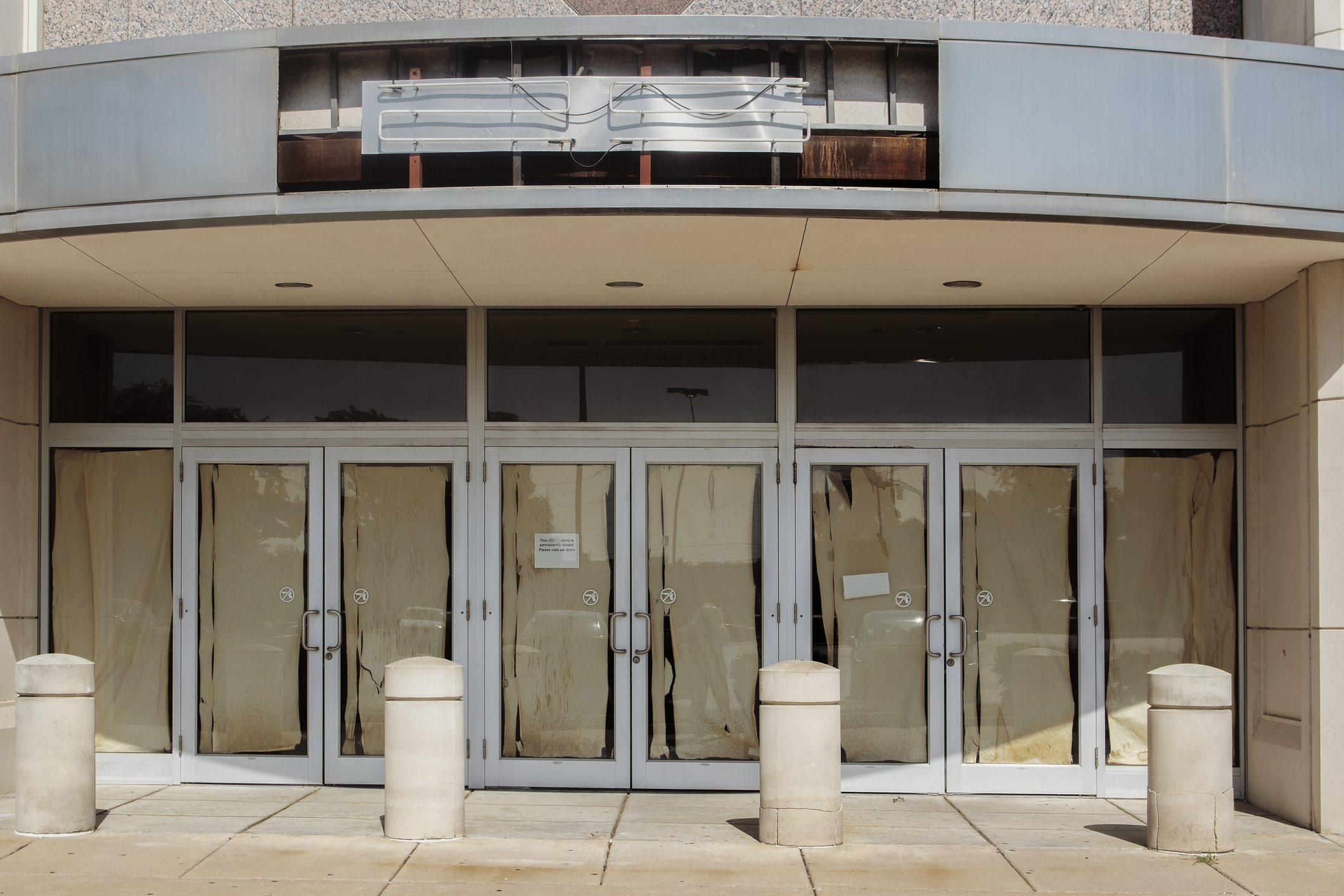Long before the COVID-19 pandemic put an even greater strain on the retail sector of economies, abandoned malls and shopping centers have been undergoing a transformation. One of the new identities these urban and suburban spaces have assumed is as repurposed housing for older adults where walkability and proximity to shopping, dining, and recreation make them more appealing than other alternatives.
According to a recent New York Times report, by the end of this year, it is anticipated that 25,000 stores may close in the United States. But the senior population over the age of 65 is increasing by about 10,000 people each day. Re-utilizing empty retail spaces as retirement complexes, close to family, and public transportation is an intriguing alternative to traditional senior residences.
With more people shopping online and avoiding crowds in malls and shopping centers, many developers, municipalities, and real estate investors are looking at using vacant store spaces to create much-needed housing for older adults. With plenty of room to spare, some have on-site shopping, wellness, or beauty services. In Minnesota, Iowa, and Wisconsin, Folkestone run by Presbyterian Homes & Services uses a continuing care model in which residents can move into assisted living or nursing care as their needs change.
Senior who may have been aging in place in their homes or have downsized into an apartment or townhouse often find they are isolated with few opportunities for social engagement. When driving is no longer an option, without public transportation or a walkable community, seniors may find themselves stuck in seclusion. With libraries, shops, gyms, and recreation centers within close proximity, senior communities redeveloped from the ashes of retail space could eliminate the need for these services to be housed within the retirement communities, lowering the expense for residents.
The sheer size of former malls creates a unique opportunity for dementia care where space allows for the re-creation of a village atmosphere and residents can wander within safe perimeters, improving the quality of life for many elderly adults.
The U.S. population over 75 is expected to rise by five million over the next five years and yet finding affordable, accessible housing continues to challenge our aging population. Redevelopment of shopping centers and malls may help meet these needs if communities utilize these strategic locations swiftly and with an eye to keeping costs down.






Add Your Voice
0 Comments
Join the Discussion